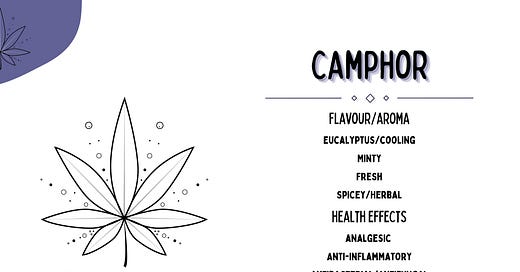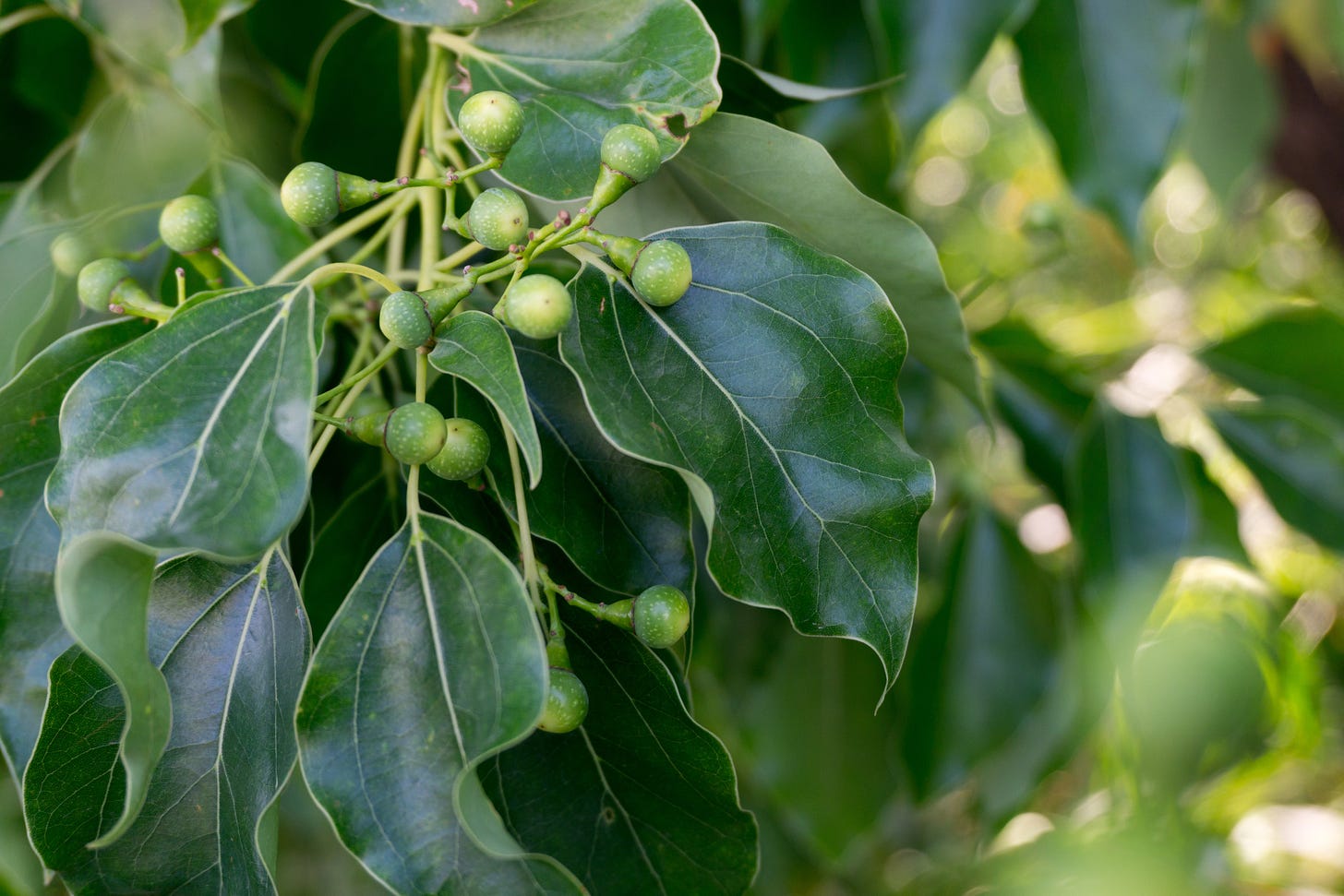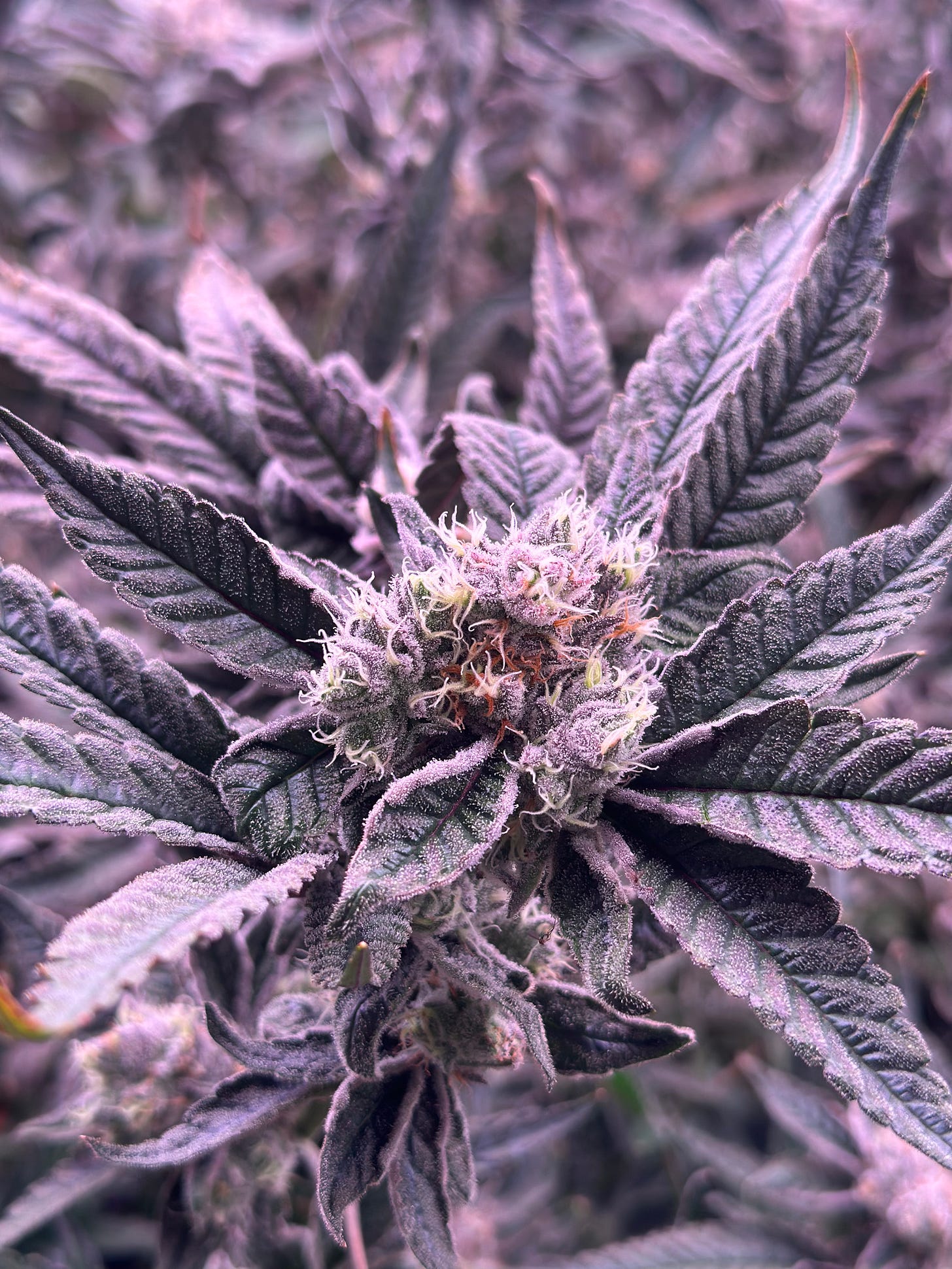Terpene of the Month: Camphor | AusCannaReviews
This month, we’re doing a deeper dive into the terpene Camphor. Though less frequently mentioned than other terpenes such as Myrcene, Caryophyllene, or Limonene, Camphor is a historically significant and pharmacologically intriguing terpene that deserves attention.
Camphor is a bicyclic monoterpene with the molecular formula C₁₀H₁₆O. It is structurally similar to Borneol and is naturally derived from the wood of the Cinnamomum camphora tree, native to parts of East Asia, including China, Taiwan, and Japan.
In its purified form, Camphor is a white crystalline solid with a sharp, cooling scent, often compared to menthol or eucalyptus with spicy wood undertones. In cannabis, Camphor is considered a minor or secondary terpene, usually present in trace amounts. However, even at these low levels, it can influence a cultivar’s aromatic character and may contribute to its therapeutic profile, especially when found alongside other terpenes like Eucalyptol, Pinene, and Borneol.
The use of Camphor in medicine spans thousands of years. In Traditional Chinese Medicine, Camphor was recorded as early as 1000 CE and was used for treating skin conditions, relieving respiratory congestion, and dispelling negative energies. Similarly, in India’s Ayurvedic system, Camphor (karpura) was described as cooling, purifying, and clarifying. It was used in balms and oils for coughs, inflammation, and muscle pain, and was frequently burned to purify spaces, a practice reflecting both its antimicrobial properties and its perceived energetic qualities.
Islamic medical texts also document Camphor’s uses. In the Canon of Medicine, the Persian polymath Avicenna described Camphor as an agent capable of soothing inflamed tissues and reducing fevers. He noted its ability to “cool” the body, a property still relevant to its modern pharmacological profile. By the Middle Ages, Camphor had made its way into European pharmacopeia via the Silk Road. Apothecaries prescribed it for various ailments, including the plague, based on the belief that its strong aroma could purify air and repel disease. It was also used for heart palpitations and digestive disturbances.
Today, modern research is beginning to validate many of camphor’s traditional uses, particularly its role in pain relief, where it’s now understood to work by stimulating nerve endings and producing a cooling, counterirritant effect. Supporting this, a 2023 study published in the Journal of Pain Research found that Camphor significantly reduced hyperalgesia in several neuropathic pain models in mice, without the adverse effects typically associated with pharmaceutical alternatives like pregabalin. These findings suggest Camphor may offer a well-tolerated, plant-based option for managing both inflammatory and neuropathic pain.
A 2021 study published in the special issue The Quest for Novel Antimicrobials demonstrated that Camphor could inhibit bacterial growth significantly, highlighting its potential use in topical treatments for wounds and skin infections. While ancient practitioners may not have understood microbes, their instinct to use Camphor in fumigation and wound care wasn’t far off, as its sharp, cleansing scent may have offered more than symbolic protection during times of plague and poor sanitation.
A study published in Chemico-Biological Interactions in October 2021 investigated the effects of nanoemulsified Camphor on isolated rat trachea. The nanoemulsion allowed for improved solubility, facilitating the study of camphor’s effects. Results showed that Camphor induced relaxation of smooth muscle tissue in the trachea, though the mechanism of action remains unclear. Researchers concluded that Camphor likely acts on multiple biological targets, producing a cumulative bronchodilatory effect. While further investigation is needed, this supports its historical use for respiratory conditions such as coughs, congestion, and asthma.
In addition to its physiological effects, Camphor may also influence psychological states. A July 2024 study published in Frontiers in Psychology explored the impact of Camphor inhalation on university students, examining changes in the autonomic nervous system, EEG brain activity, and emotional states. The study reported that short-term exposure to Camphor reduced sympathetic nervous activity, improved energy levels, and decreased feelings of tension and depression. EEG readings showed enhanced activity in the frontal, central, and parietal regions of the brain, correlating with improved attention and memory. These findings align with traditional practices of burning camphor for focus, clarity, and emotional cleansing.
While Camphor offers a range of potential benefits, safety must be considered. In small, naturally occurring doses, such as those found in cannabis or diluted topical preparations, Camphor is generally safe. However, concentrated Camphor can be toxic if ingested or inhaled excessively. Symptoms of Camphor toxicity include nausea, confusion, seizures, and, in severe cases, respiratory distress. For this reason, many over-the-counter camphor products carry warnings against internal use or application to broken skin.
In summary, Camphor is a minor terpene with a rich historical legacy and emerging scientific support for its therapeutic applications. Its roles in analgesia, antimicrobial defence, respiratory support, and mood regulation position it as a multifaceted compound of interest in both traditional medicine and modern cannabis research.
While it may not appear in high concentrations in most cultivars, its presence (even at low levels) contributes to the broader pharmacological and aromatic complexity of the cannabis plant. As research continues to explore the Entourage Effect and the interplay of cannabis constituents, Camphor remains a compound worth paying closer attention to.
If you’re looking for cultivars currently available on the Australian medicinal cannabis market…
Kind Medical’s Permanent Marker (Total Camphor 0.03%)
Mediquest’s Dirty Taxi (Total Camphor 0.02%)
West Coast Palms’s Hawaiian Rain (Total Camphor 0.01%)
GROW’s White Runtz (Total Camphor 0.01%)
Kind Medical’s Payton Pie (Total Camphor 0.01%)
Heirloom’s Pink Jaguar (Total Camphor 0.01%)
Bedrocan’s Proprietary (Jack Herer) (Total Camphor 0.01%)
Beacon Medical Select’s Golden Banapple (Total Camphor 0.01%)
GROW’s Pink Lilac (Total Camphor 0.01%)
Phytoca’s Critical Candy (Total Camphor 0.01%)
This Substack aims to provide anecdotal information from my personal experiences in hopes it will lead to meaningful conversations between my readers and their healthcare professionals about medicinal cannabis.
I have no formal training in medicine or science. This article does not constitute medical advice.








